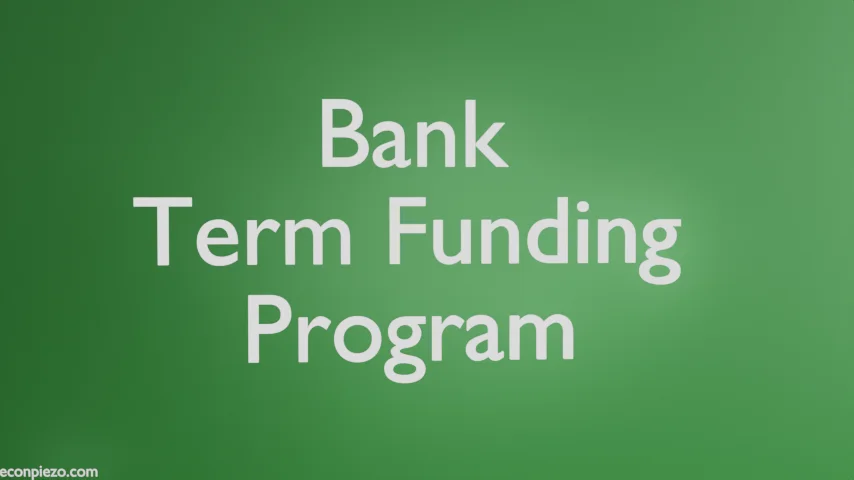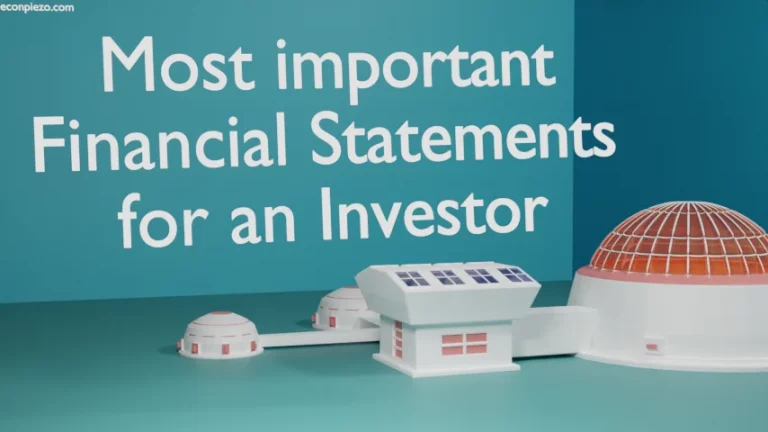Amid the fallout of the Silicon Valley Bank, the banking regulators took a series of steps to ensure that the banking system stays resilient. To help banks meet the needs of all their deposit holders, Federal Reserve Board introduced a Bank Term Funding Program.
Under the Bank Term Funding Program, eligible U.S. depository institutions would have access to additional liquidity against certain types of securities as collateral. Institutions can offer such securities as collateral that can be purchased by Federal Reserve Banks in Open Market Operations (OMOs). Such securities include but are not limited to Federal Intermediate Credit Bank debentures, Federal Land Bank bonds, and Federal Housing Administration debentures. For the entire list of eligible securities check 12 CFR 201.108(b). The borrowing institutions must own such securities as on March 12, 2023.
Federally insured depository institutions, primary credit-eligible U.S. branches, or agencies of foreign banks can borrow through the program. The advances will be made for a term of one year. And, the institutions that are in need of such advances can request the same till March 11, 2024.
Term Advances rate: 1-year overnight index swap rate + 10 basis points.
In case the primary source of funds isn’t enough to meet the current requirements of the Bank Term Funding Program, the Department of Treasury would make available $25 billion from the Exchange Stabilization Fund.






